Price: $19.95
(as of Nov 02, 2024 04:34:05 UTC – Details)

NEW 2020 SPIRAL BOUND EDITION This is a complete electronics course in 128 pages! Author Forrest Mims teaches you the basics, takes you on a tour of analog and digital components, explains how they work, and shows you how they are combines for various applications. Includes circuit assembly tips and 100 electronic circuits and projects you can build and test.
Publisher : Master Publishing, Inc.; 2020th edition (July 1, 2020)
Language : English
Spiral-bound : 128 pages
ISBN-10 : 0945053282
ISBN-13 : 978-0945053286
Item Weight : 11.5 ounces
Dimensions : 10.7 x 8.2 x 0.3 inches
Customers say
Customers find the book excellent for learning the fundamentals of electronics. They say it provides an excellent guideline for thinking and is a great introduction to electronics. Readers also mention the illustrations and explanations are good, simple, and easy to understand. They appreciate the visual style, saying it looks interesting and exactly as pictured.
AI-generated from the text of customer reviews





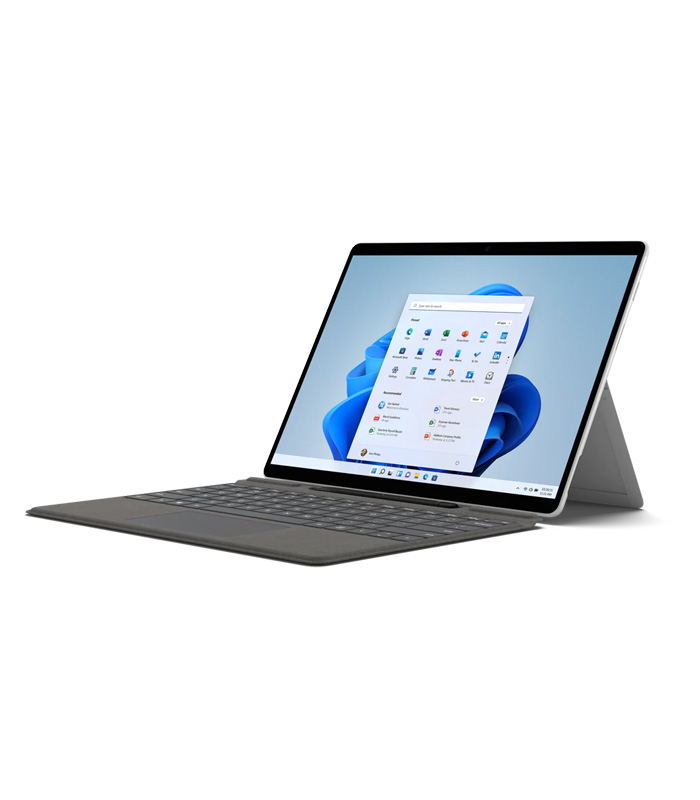



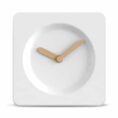


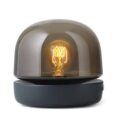









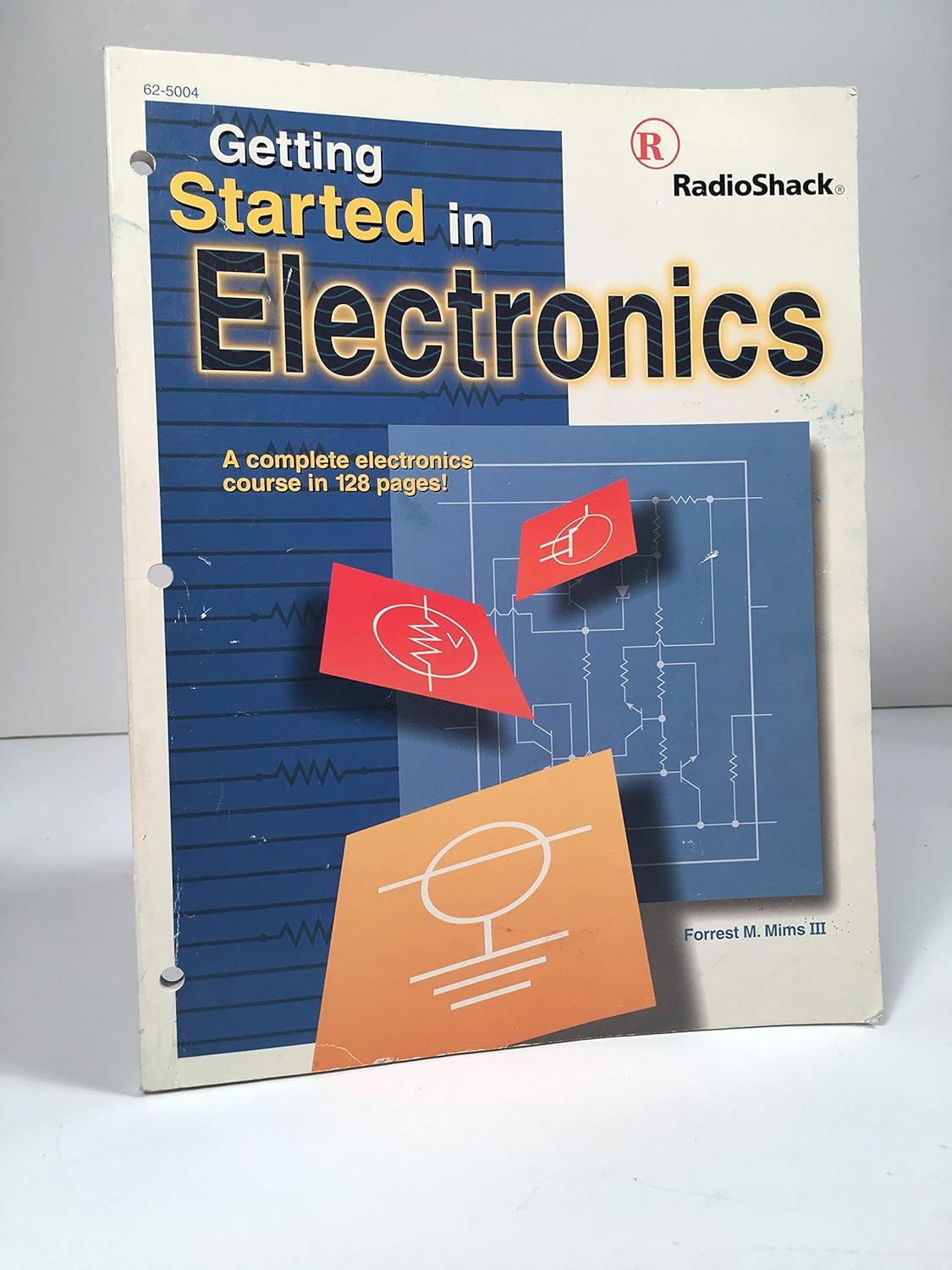
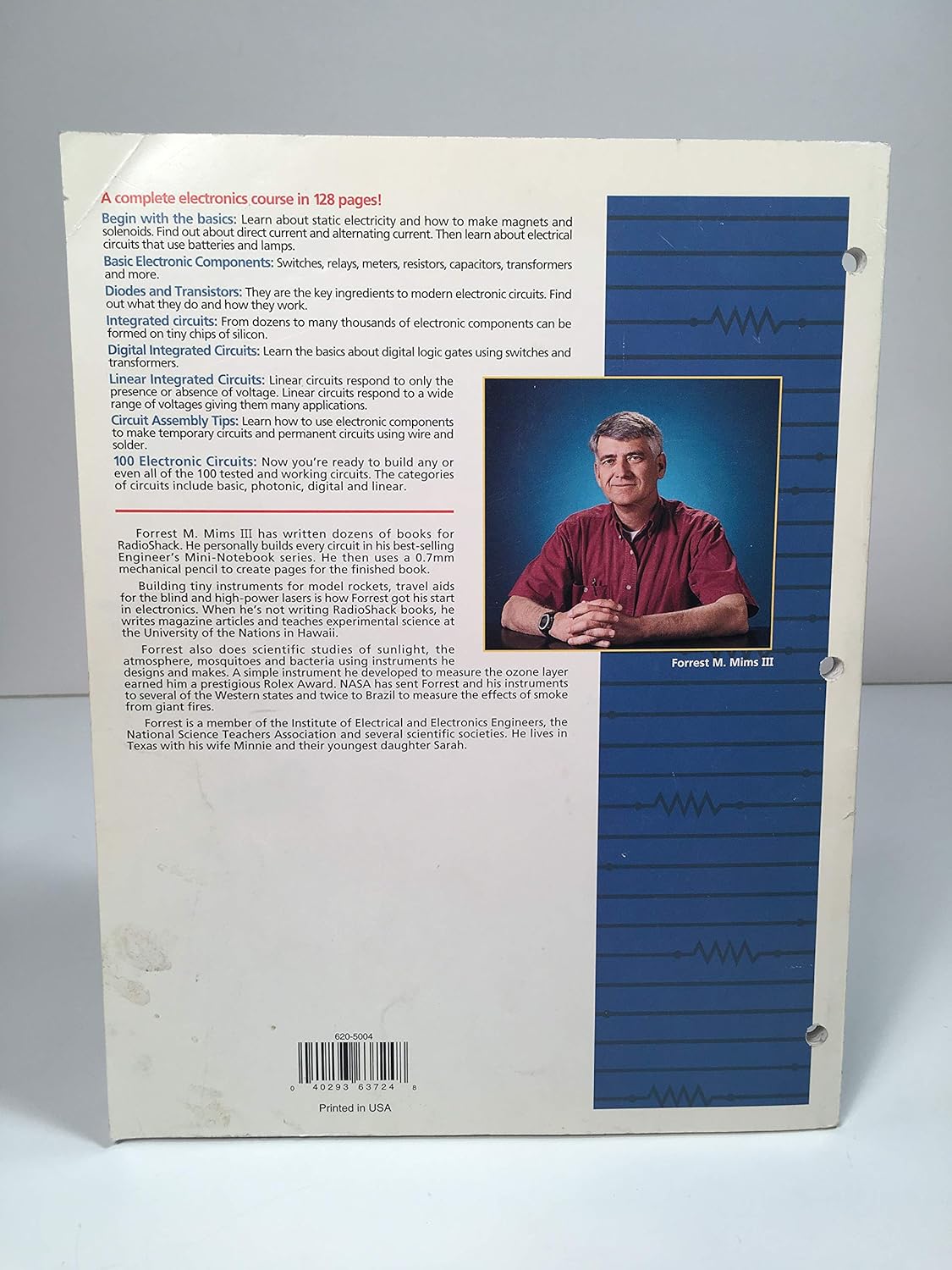
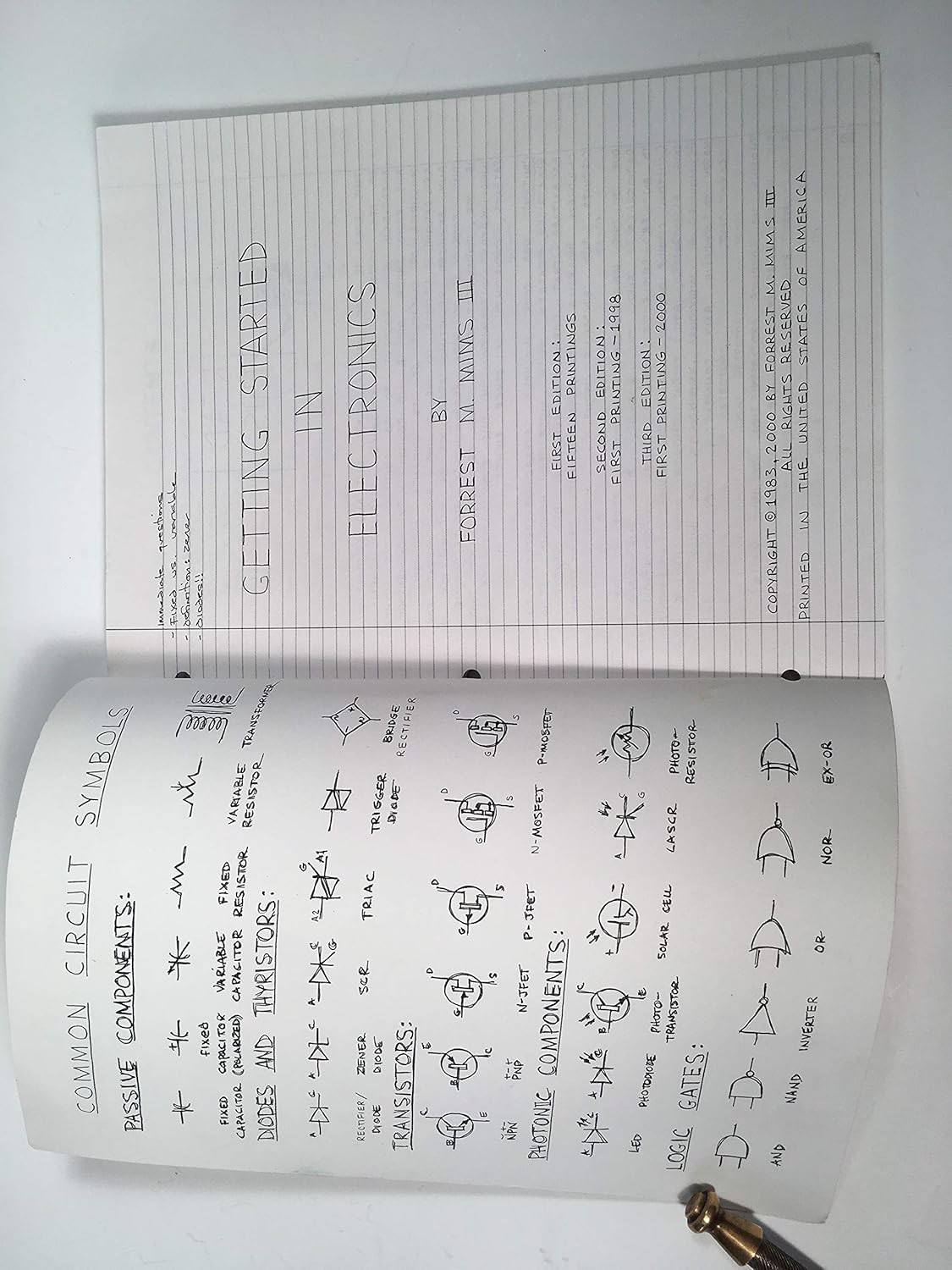
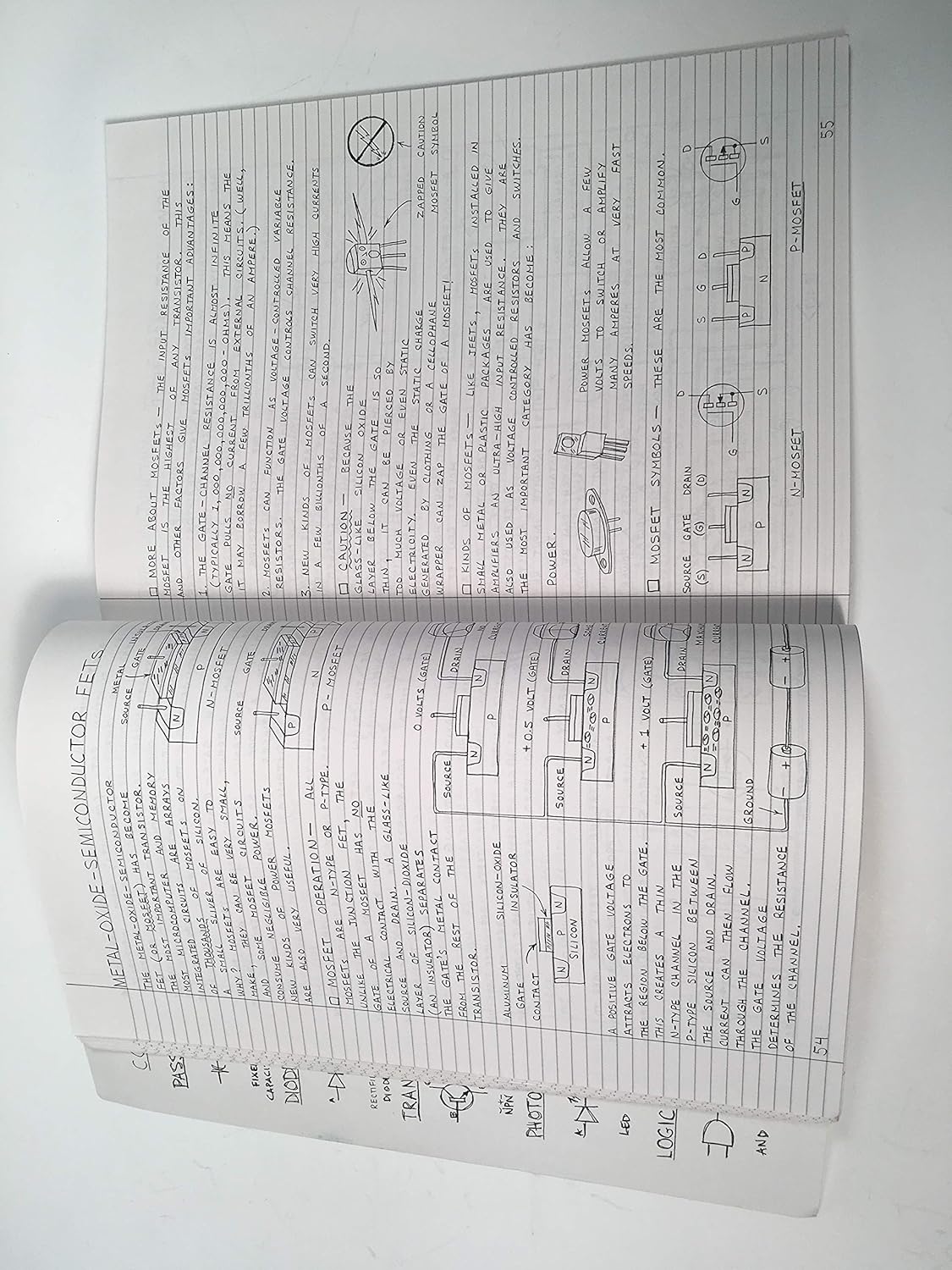
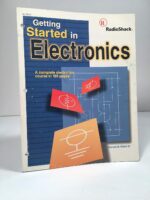
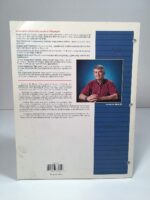
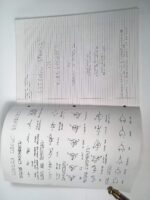
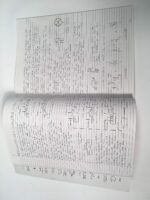

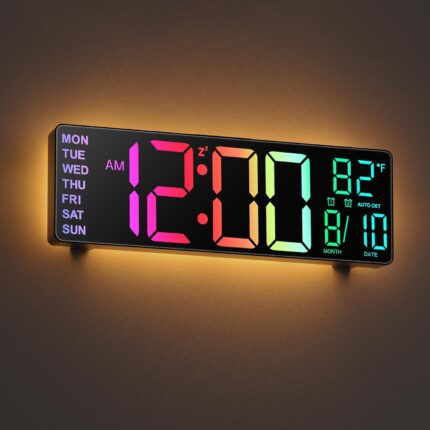







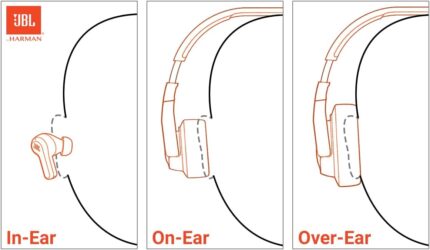
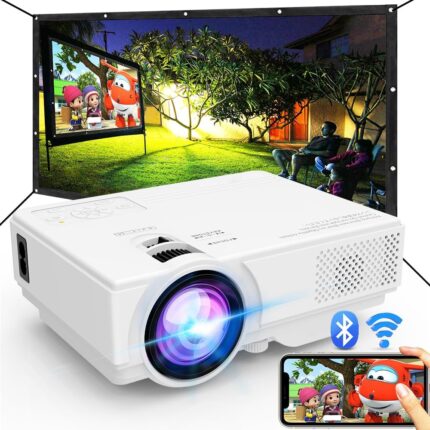
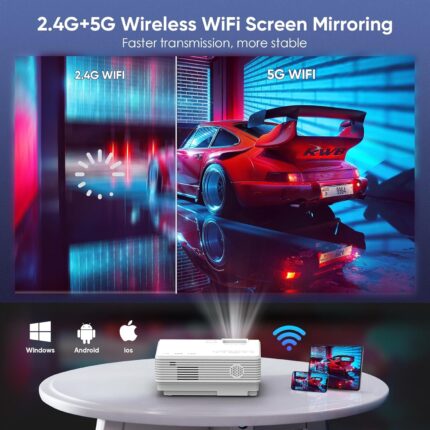

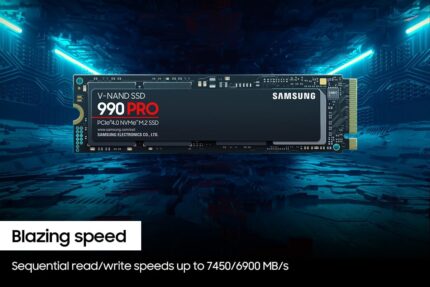
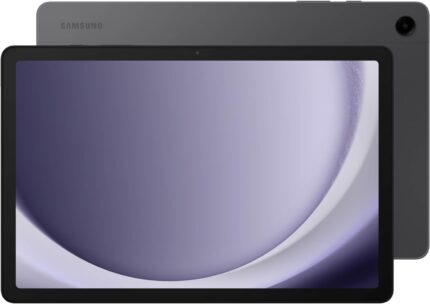
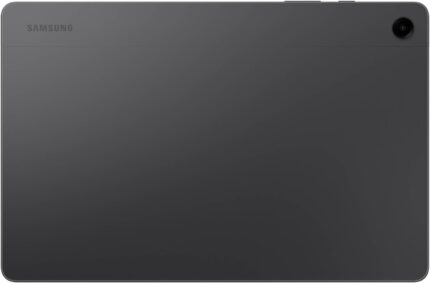


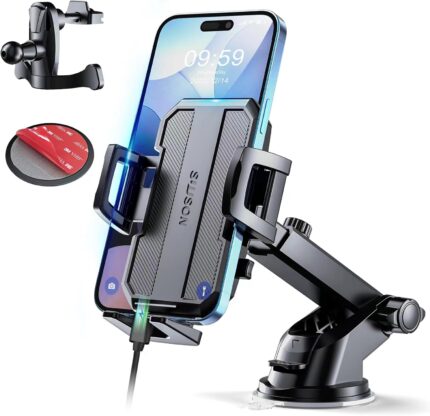
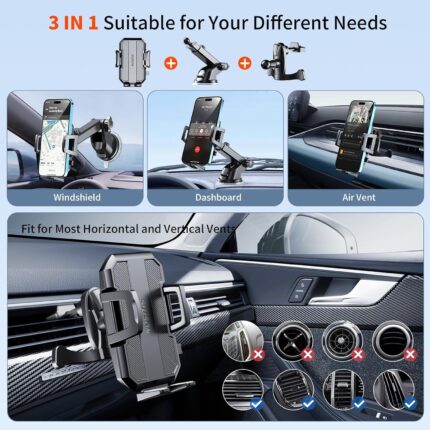

Leo_G –
Good stuff
Fun, informative and well written. Also, spiral bound which is very nice on your lab bench.
Amazon Customer –
The BEST book for starting electronics students
Forrest Mims is a genius in his simple, yet accurate way of explaining things in this beginner’s guide to electronics. Although modern electronics have gone all surface-mount and integrated circuits, this book still gives you the fundamentals in understanding the basics that you need. If you’re young and considering engineering or electronics, this is a must-read book! It also has many practical projects you can build with breadboards… Unfortunately there is no Radio Shack anymore to buy components, but Amazon has most of what you would need. 100% a favorite of mine. I have three copies for my 9th grade classroom.
Trurl –
Off to a Good Start
This is an excellent book to learn the fundamentals to get started learning electronics. I really don’t have much of a background in electronics. I got this book because I read about it in Make Magazine. Also I have been trying to complete a correspondence course in electronics. This book reviewed what I had already learned in a fraction of the number of pages that I had to read. It also introduce things that my course hasn’t cover yet. Not bad for 128 pages.Think about it: many high schools don’t have an electronics program. Mine didn’t. It isn’t that the material is unimportant or doesn’t have job opportunities. The electronic field is huge. This is the book to start with if you know nothing of electronics and are doing a self study.The book is easy to understand. It wasn’t until it discusses “Digital Integrated Circuits” in chapter 6 that I did not have a full understanding of the material. But I guess this is just a “start” to learning such topics. But I think it works, because it is more advanced and thus gets the reader’s interest. However diode and transistor gates can become complicated.It is important to note there is not much math here except for some basic algebra. A few formulas, truth tables, and graphs of functions are present but the book uses them to show how electronics are represented and not to have the reader do many math problems.I have yet to build the circuit projects in the back of the book. That is the next step. Forrest Mims, the author, states that you have to do them to get the complete understanding of circuits. That makes sense.In summary, this is an excellent book and I give it a high recommendation. It is the fastest way to learn all about electronics that you were never taught.
W. Moncure –
A Wonderful Book to Have When Starting with Arduino
The whole Arduino phenomenon has done wonders for reigniting an interest in the type of gadgetry you can purchase in the ever-shrinking storage drawers in the back of the Shack, and as you start to implement some of the “cookbook” style designs that are online, those new to the electronics / integrated cirucit world will start to have a plethora of questions, such as (1) what’s an RC circuit, or (2) how does a pullup resistor work in my Arduino product, and what is its purpose?Forrest Mimms does an excellent job providing an overall introduction to electronic components that suitable for the advanced elementary school / middle school student to the neophyte-non-engineer adult. His no-nonsense drawings combine the aesthetic of comic-strip photos with the handwritten-all-caps look of engineering textual notation. This book makes understanding elementary electronics a fun journey, and if you’re actually making the projects and examples he delineates in the text, you’ll develop an almost intuitve grasp of the subject. I’m not saying that you’ll become an expert in the subject – but as you get into more abstract / mathematical areas of electronics and circuit building, you’ll feel as if you know how to swim.I purchased this book because I cannot stand fiddling with things when I don’t know how they work. I can’t stand just following cookbook examples from Adafruit or other Arduino cookbooks available online, dropping in C++ libraries and code and plugging wires into a little blue board to watch LED’s flash – I have to know what’s causing what. I have been impressed with the utility of this book because it explains the concepts behind the schematics and the code you play with on an Arduino board. Forrest Mimms has an extensive amount of knowledge of the subject matter, and unlike many other “engineering” texts, he presents his information in a way that spoon-feeds the neophyte and re-emphasizes the basics for someone with a cursory understanding of electronics and circuits.Whether you are introducing a child to your field – and getting them started in electronics – or you’re delving in for the first time yourself, before you go pick up that book on advanced engineering mathematics or a schematics reading guide, grab this book. Its images will serve as a strong mental reference for a long time to come and will answer a number (but not all) of the “why’s” and “how’s” behind the maker projects you work your way through but don’t completely understand.And do consider many of the other books out there by Mimms – I believe he has written a whole book on the 555 IC. His texts are invaluable whether a beginner in microelectronics and circuits, a student, or even an experienced hand who enjoys an entertaining refresher. His “voice” in his texts is that of an amazing layman teacher – that voice and command of the subject matter possessed by the true teachers that take byzantine concepts and systems and make them accessible to the everyman. I speak from experience, and have thoroughly enjoyed FM’s books – which I am now sharing with my two elementary school-aged sons.
Wayne McKenzie –
Perfect for intelligent people with little prior knowledge of electronics
This book is great. Amazingly as the Amazon prompt came it to review it I had the book sitting right there next to my computer. I’ve read it from cover to cover and reread the bits I’m really interested in.What I like most about this book is that it is written by someone who clearly knows everything there is to know about electronics and then, not only distilled it down to just the necessary facts to ‘get started in electronics’, but he’s presented the material as if I’d written my own notes in a lecture – actually the diagrams he draws are much better than anything I could draw. So everything in the book seems to be spot on my level of understanding, and really, if you have any real interest in electronics I can’t see how you could not understand the information as it is presented.Highly recommend this book to anyone who has no prior knowledge or only the most basic understanding of electronics but has the desire to learn more and simply needs the explanations to be intelligent, not for an idiot, the jargon removed and the analogies easy to relate to. Forrest hits the nail right on the head.Oh, and I bought another of his books “Engineer’s Notebook” which is the subject of another review but is basically a logically next step after you’ve ‘Started in Electronics’.
David Booth –
Easy to read and good explanations. Helped me enormously.
Brad –
This is a classic publication, I have found it very useful.
AVID READER –
Best book to learn basic electronics. I bet you will appreciate the hard work that has gone into writing this book. I have never seen such a deligently written artifact before.
bobbyt –
Great book for beginners
L. Maria –
Das Buch ist sehr interessant gestaltet und gibt so eine fachlich gute Einführung in die Grundlagen der Elektronik, durchaus empfehlenswert.